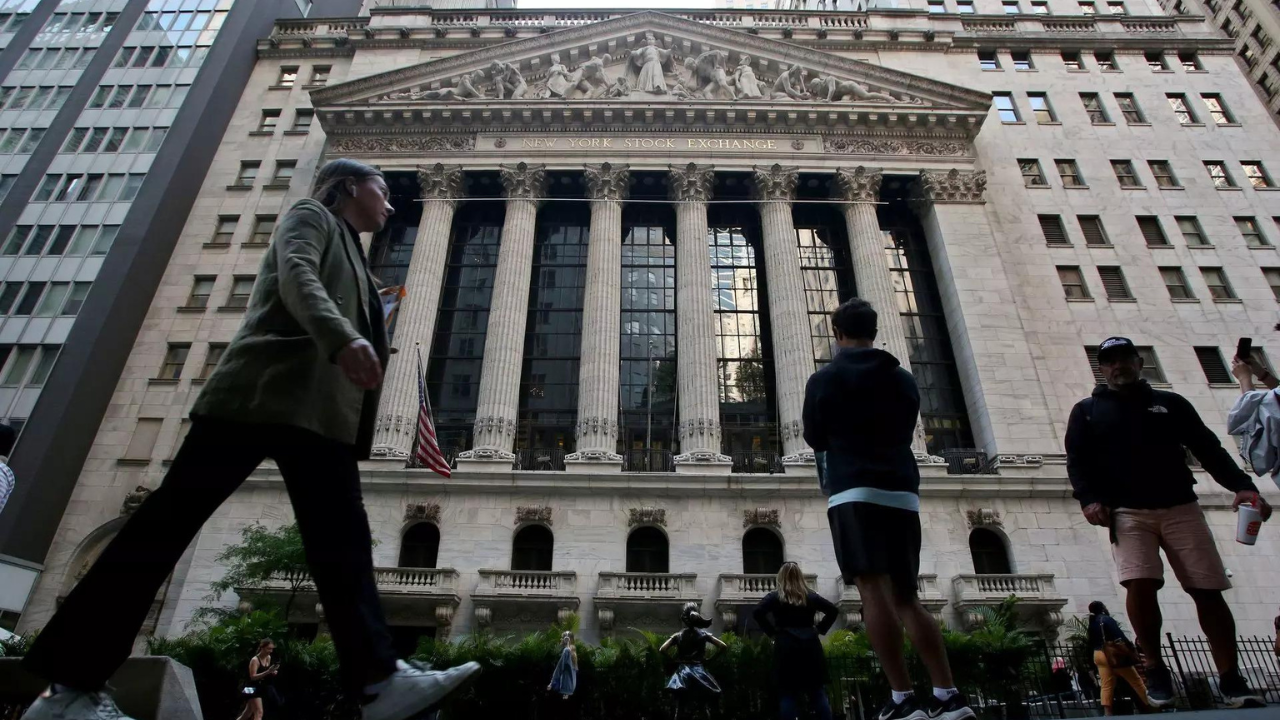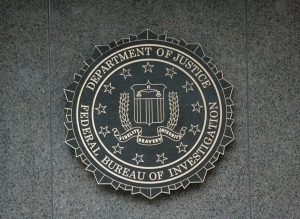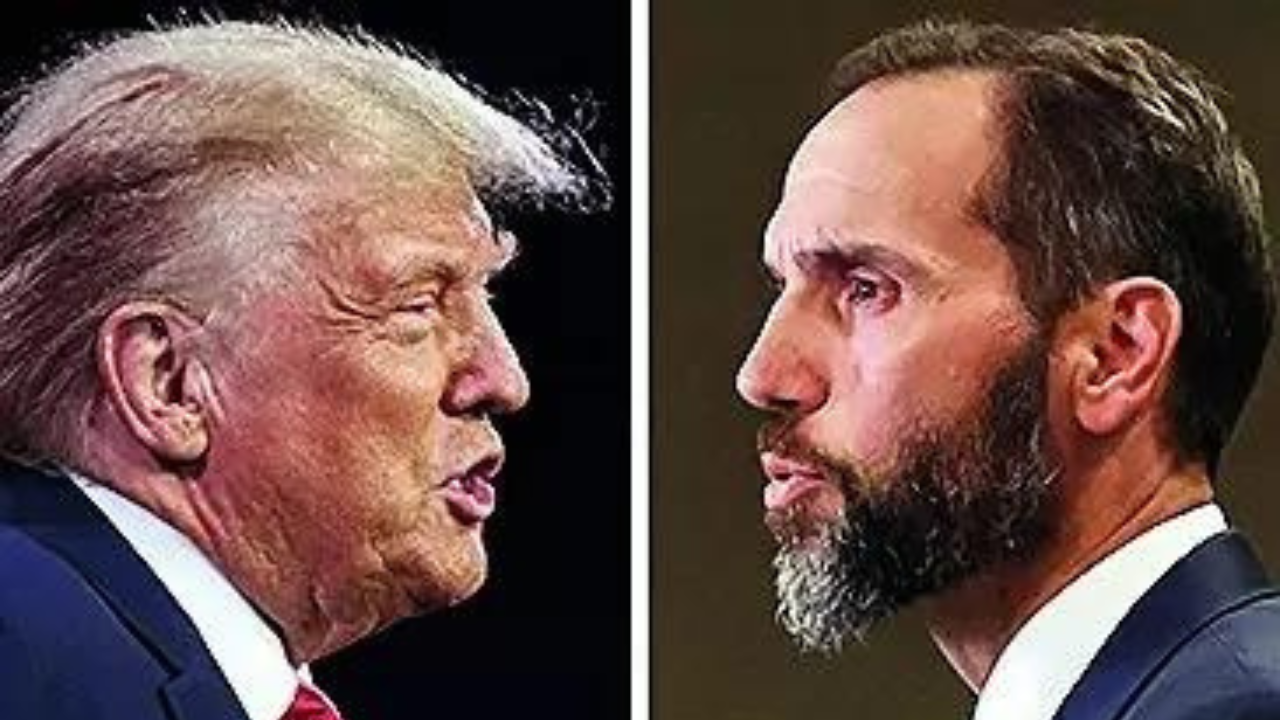WASHINGTON: The most-watched measure of US inflation by the Federal Reserve declined sharply in May, official data showed on Friday, returning to the downside after a jump a month ago. The Fed recently announced that it is pausing its aggressive campaign of 10 consecutive interest rate hikes. The hike to tackle inflation to give policy makers more time to assess the strength of the US economy. The personal consumption expenditure (PCE) index of inflation eased to 3.8 per cent year-on-year in May, a significant decline from 4.3 per cent. The month before, the Commerce Department said in a statement. Much of the slowdown was due to a sharp decline in energy prices and to a lesser extent food prices. But core PCE, excluding volatile food and energy prices, slowed only slightly on an annual basis. The rate rose to 4.6 percent from 4.7 percent a month earlier, indicating that inflation remained stable in many areas. Services inflation remains high, while goods inflation has risen marginally. On a monthly basis, PCE rose 0.1 percentage point, slightly above the average forecast of economists polled by Briefing.com. “More evidence that the economy is growing and inflation is down: Economy grew solidly in Q1, real incomes for Americans rose,” US President Joe Biden tweeted shortly thereafter. Inflation data has been released. “Annual inflation has halved since last summer – and is at its lowest rate since April 2021,” he said, adding: “This is bidenomics.” Both personal income and personal consumption spending registered monthly increases as well, the Commerce Department said. The Fed has raised interest rates five percentage points since it began its campaign against inflation in March last year. But despite these aggressive moves, inflation remains above the Fed’s long-term target of 2 percent. Earlier this week, Fed Chairman Jerome Powell left open the possibility of continuing to hike interest rates in the coming months, if needed, to further cool the economy. “While these developments are unlikely to change policy in the near term, policymakers remain committed to the view that there is a need to raise rates to a more restrictive stance,” said Rubeela Farooqui, principal US economist at High Frequency Economics. said in a statement. Futures traders are projecting more than an 85 percent chance that the Fed will vote to raise interest rates by a quarter-percentage-point at its next meeting, scheduled for July 25 to 26. This would increase the Fed’s benchmark lending rate. range between 5.25 per cent and 5.5 per cent, which would be its highest level in 22 years.
Source link

US Fed’s favorite inflation gauge declined sharply in May
More from NewsMore posts in News »
- Who is Kash Patel? A Public Servant and National Security Expert and Champion! Revealed 2024
- What is Swatting? The Dangers of False Emergency Calls 2024
- El Salvador’s Bitcoin Holdings: An In-Depth Exploration Exclusive 2024
- “जो बाइडेन की हताशा” : डोनाल्ड ट्रंप ने चुनाव परिणाम बदलने के प्रयासों के आरोपों से किया इनकार
- Trump pleads not guilty to election conspiracy charges





Be First to Comment